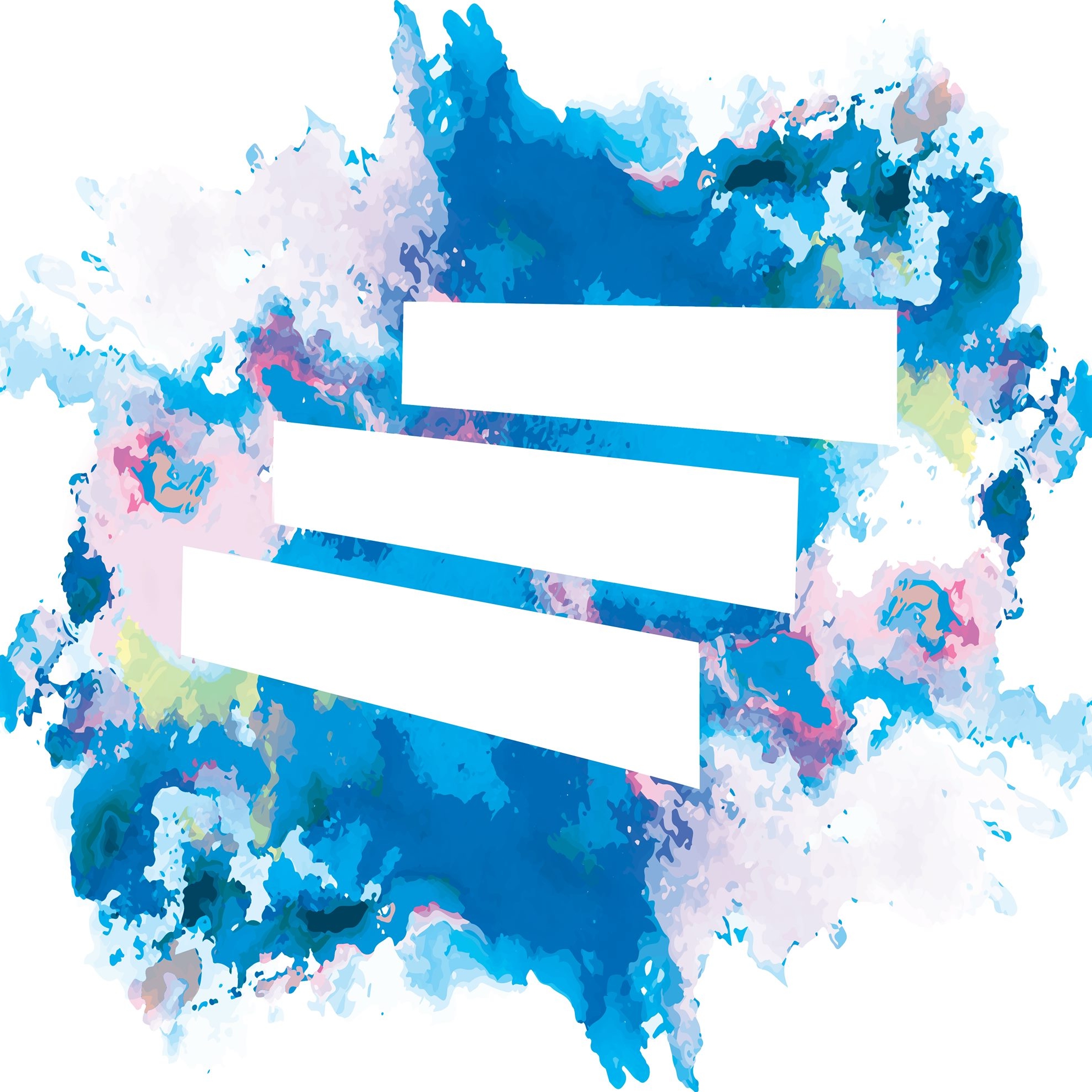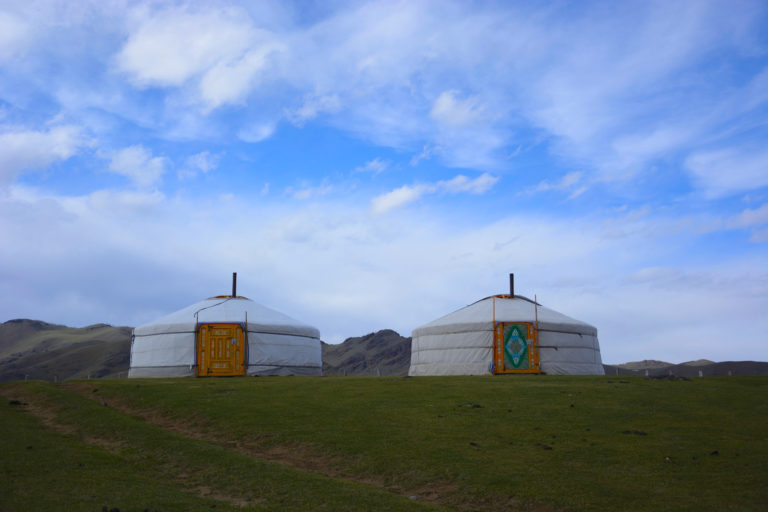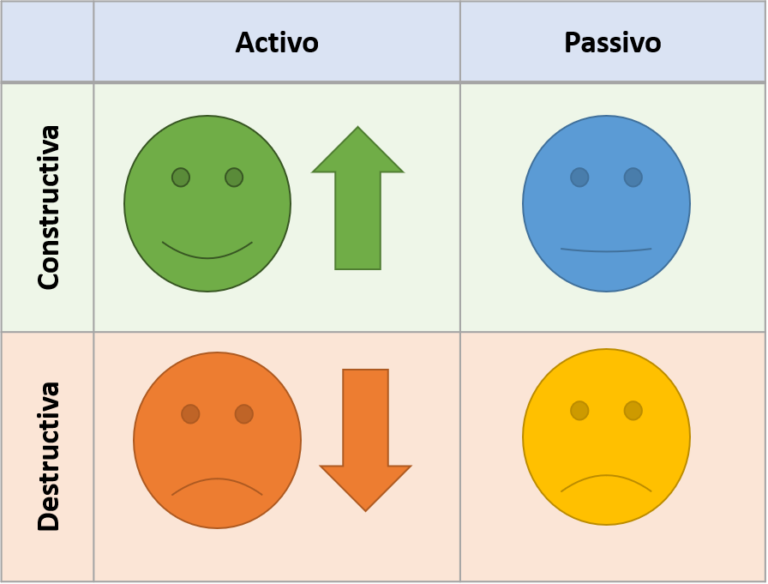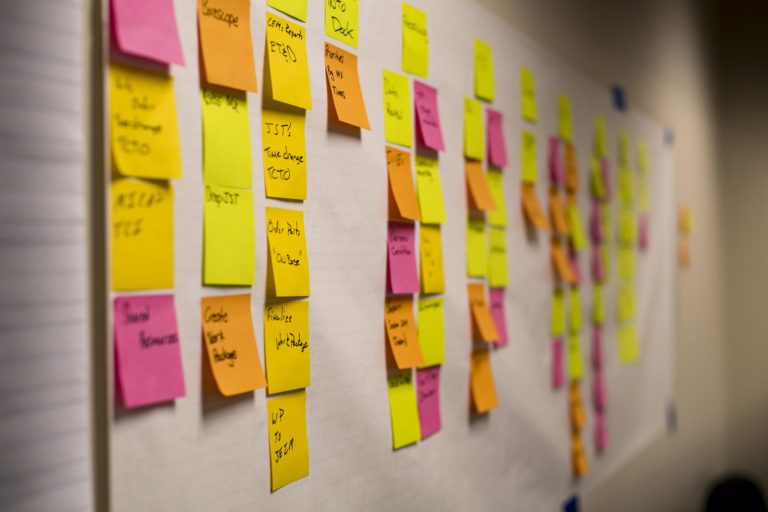
I recently visited an high school in Cambridge, UK and observed an activity that certainly caught my attention.
In a class, two different courses (year 6 and 7) were mixed. The class was divided into different groups formed by a student of the upper course and two others of the lower course.
The activity consisted on an experiment in which the students of the superior course had to explain the theory that was intended to work with the youngest students. At this time the oldest students acquired the position of the teacher, explaining carefully what they were studying and solving questions.
Together they designed and carried out an experiment and discussed the results. Finally, the teacher asked the students in the lower course questions about the results they had obtained, which they must reasonably justify.
This strategy seemed like a fantastic idea to me. The students tried to explain the theoretical foundations of what was happening, they were able to work as a team and adapt to the needs of the youngest ones.
An interesting activity similar to this that can be done in one class is called Aronson’s or Jigsaw puzzle . This activity is a cooperative technique. The following steps can be followed:
- Form several heterogeneous groups in the classroom.
- The teacher fragments the content in as many parts as members have the groups formed and assigns a part to each member of the group, who becomes the expert in that area.
- Subsequently, groups of experts (members of different groups that share the same task) that will work on the same topic are formed.
- Experts return to the initial groups and teach the rest of their team what they have learned.
Each member of the group works to achieve a common goal (positive interdependence), develops individual responsibility, encourages and support the effort of their peers (promoter interaction), develops interpersonal skills and reflects on their own process of learning.



